Bonsai is an ancient horticultural art that originated in China but evolved in Japan. Now, Japan has various types and varieties of Bonsai trees.
They even have shows and exhibitions for it. Bonsai trees are like cultivating miniature trees in small containers with a look and shape similar to a full-sized tree. If you talk about types and varieties, bonsai trees have more than 30 varieties, including pink ones.
These little trees attract the hearts of many with their intricate beauty and symbolism. Also, there are trees of different shapes and sizes and indoor and outdoor types.
The bonsai world is rich and diverse, not just in styles and techniques but also in the spectrum of vibrant bonsai trees it offers. From the subtle greens to the striking pinks, these trees bring a burst of life and color to any space.
Thus, we have mentioned different bonsai plant types below, depending on their category.
So that you can get a better understanding of this plant, tune in to understand everything better.
Types of Bonsai Based on Styles
1. Formal Upright (Chokkan)
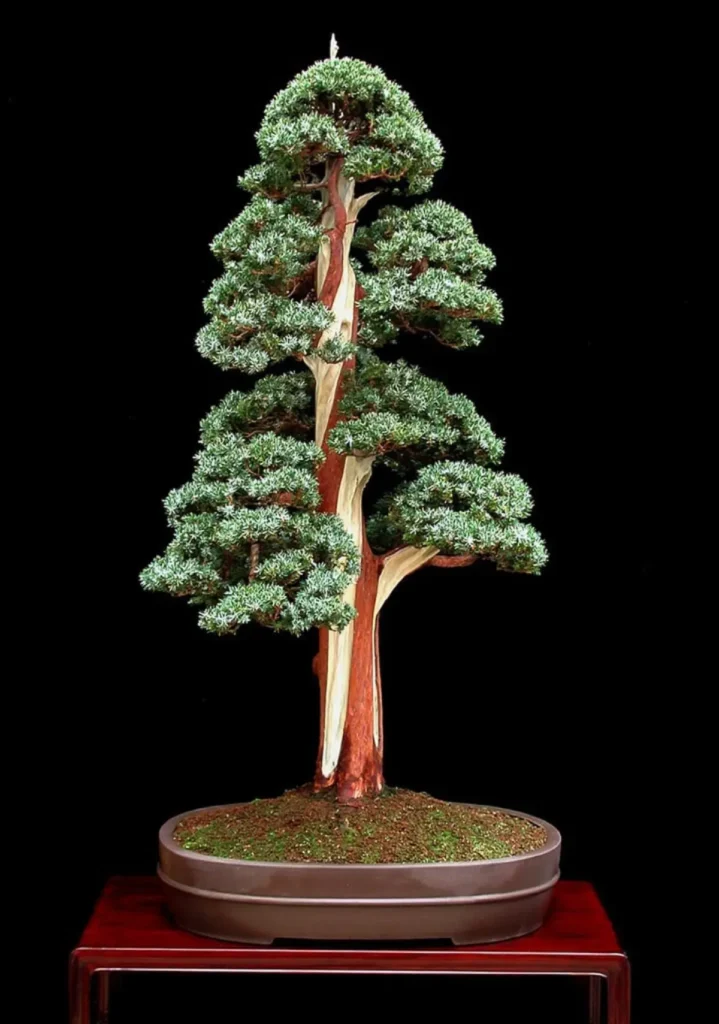
As the name suggests, this type of Bonsai is characterized by its straight, upright trunk. Also, this plant’s upright trunk gradually decreases to a branch size when you move up to the tree. Moreover, if you talk about the branch size, then the roots are evenly spread to get all the nutrients and moisture. All in all, this type of bonsai tree is a classy addition to your bonsai collection or in your garden.
2. Informal Upright (Moyogi)
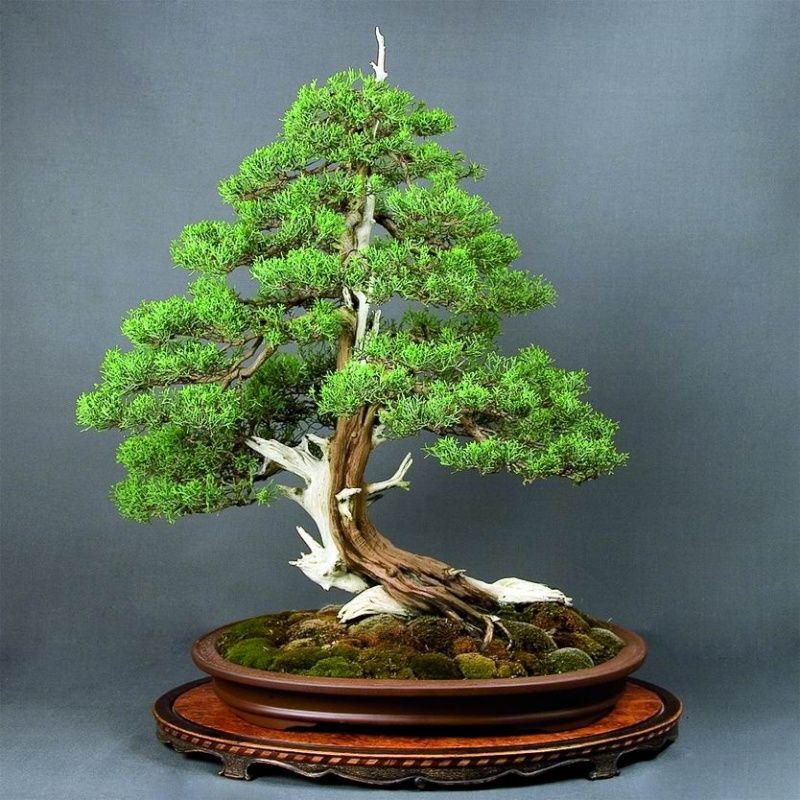
This is not similar to the formal one as it has no upright style. This bonsai tree type has an informal upright style, which has a more natural, curved trunk. Also, the branches of this one are still smaller as you move up the tree. Moreover, this bonsai type exhibits a sense of movement and asymmetry but still manages to look stunning.
3. Slanting (Shakan)
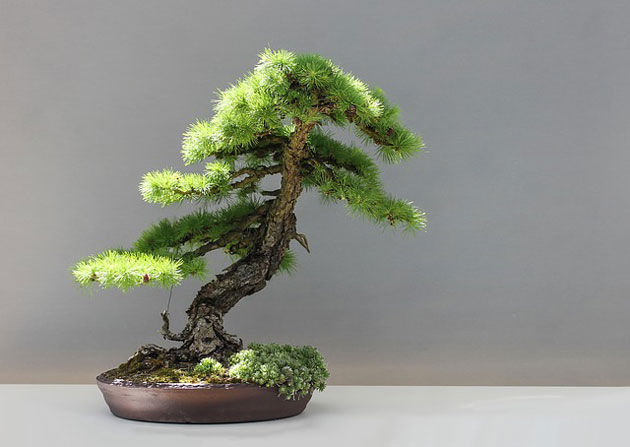
Clearly, the name of this type suggests its kind. This variety of bonsai trees is not at all upright. Instead, the trunk is slanted to one side. This plant almost looks like a tree is growing against strong winds. However, it is mesmerizing to see that the branches are managed quite well, as they create a balance despite having a slanted trunk.
4. Cascade (Kengai)
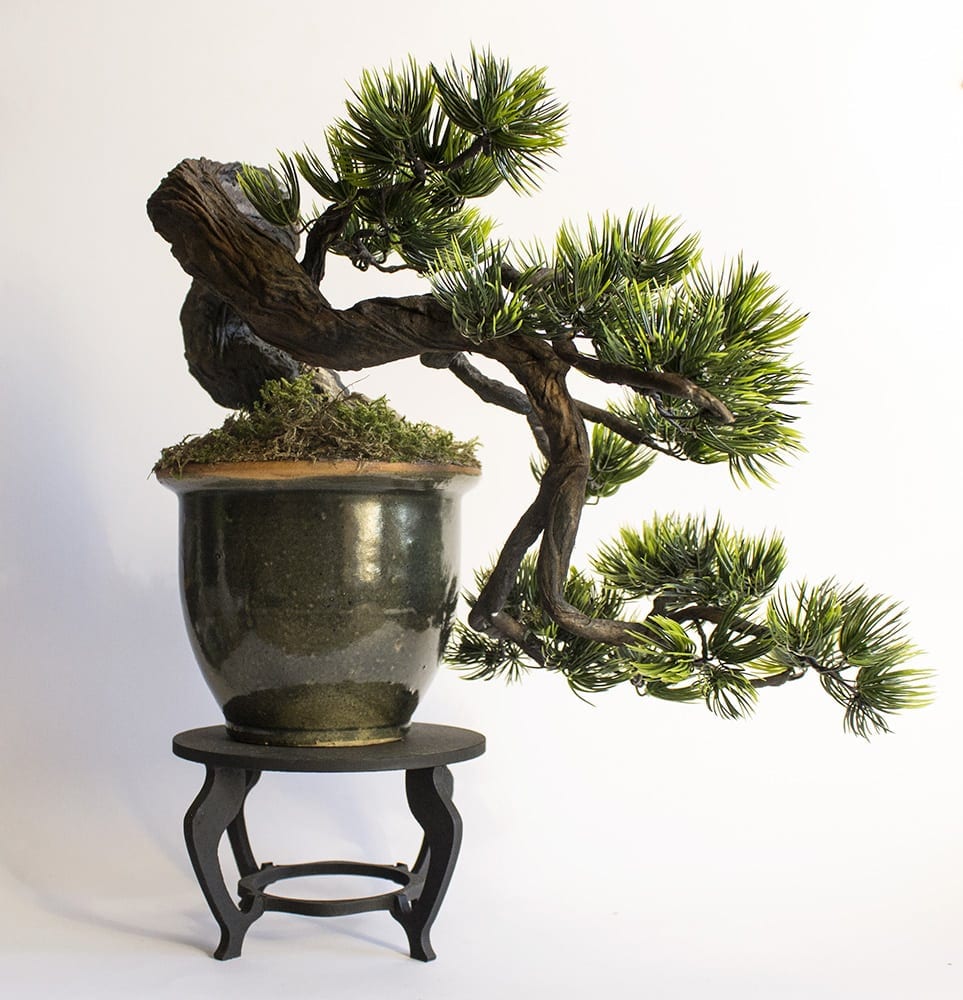
A cascade-style bonsai tree is similar to a tree that is growing off a cliff or steep slope. The trunk and branches fall below the pot, creating a dramatic and visually appealing effect. This type of bonsai tree creates a lot of character and is a creative addition to a garden or any space.
5. Semi-Cascade (Han-Kengai)
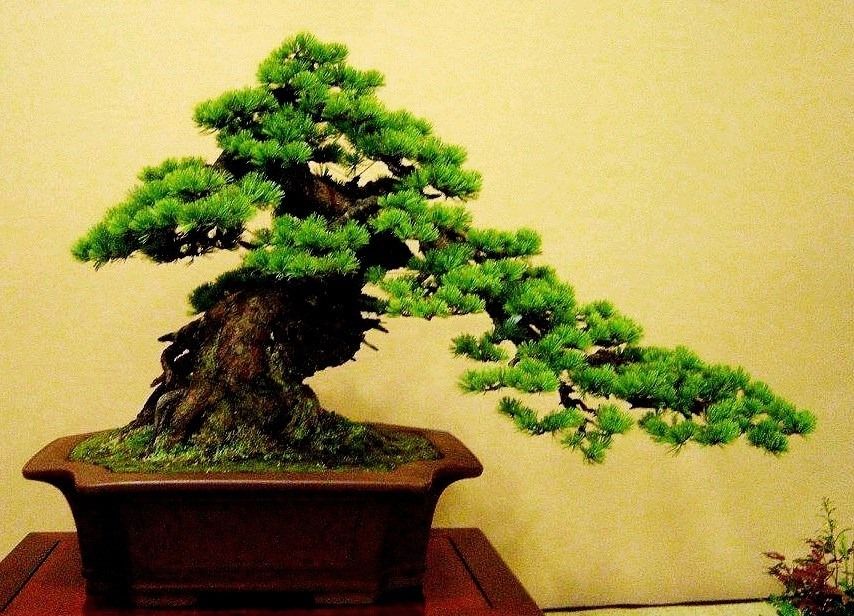
This type of semi Cascade variety has a stoop but is not as dramatic as a cascade one. The trunk dramatically descends below the pot and has a gentle arc, which creates a more subdued droop. The top of the tree still stands above the pot’s rim, symbolizing resilience and growth against challenging conditions. This variety of bonsai trees balances the formal upright style and dramatic cascade style.
6. Literati (Bunjin)

This style of bonsai trees showcases a tall, slender trunk with sparse foliage and delicate branches. Moreover, this bonsai tree offers a sense of age, wisdom, and strength. The branches of this plant are arranged elegantly, often twisted or contorted, reflecting the harsh level of nature.
7. Broom (Hokidachi)

The tree trunk in this style is straight and upright, resembling the handle of a broom. The branches have a similar pattern to the broom’s bristles, extending horizontally from the trunk at regular intervals. The overall form showcases a sense of order and balance, making it visually appealing. Thus making a great choice for your space.
8. Group Planting (Yose-ue)

Multiple trees, usually of different species or varieties, are carefully arranged and planted together in a single container to create a harmonious and collective scene. The arrangement is composed together, considering factors such as tree height, leaf shape, color, and growth patterns similar to that of a forest ecosystem.
9. Multi-Trunk (Ikadabuki)
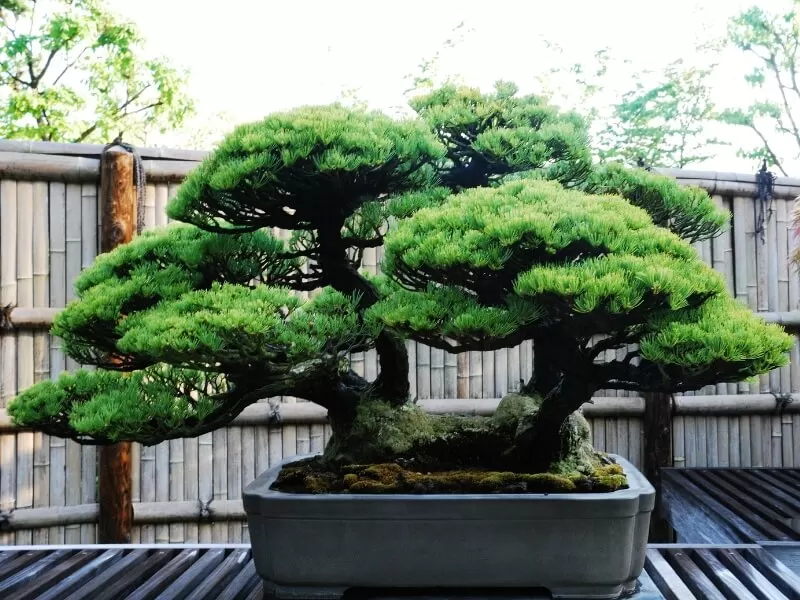
This bonsai tree style has multiple trunks emerging from a single root system, which seems like a single forest within a single pot. The trunks may vary in size, thickness, and height, adding complexity and visual interest to the overall design.
Types of Bonsai Based on Species
There are bonsai plants that are based on different species. Below, we have mentioned some species and the types of bonsai trees that fall under those species.
1. Deciduous Trees
- Maple (Acer)
- Oak (Quercus)
- Beech (Fagus)
- Birch (Betula)
- Elm (Ulmus)
2. Evergreen Trees
- Pine (Pinus)
- Juniper (Juniperus)
- Spruce (Picea)
- Cedar (Cedrus)
- Cypress (Cupressus)
3. Fruiting and Flowering Trees
- Cherry (Prunus)
- Apple (Malus)
- Fig (Ficus)
- Pomegranate (Punica)
- Crabapple (Malus)
4. Tropical and Subtropical Trees
- Ficus (Ficus)
- Jade (Crassula)
- Fukien Tea (Carmona)
- Bougainvillea (Bougainvillea)
- Serissa (Serissa)
Conclusion
Bonsai trees have evolved significantly over the past few years and have gained popularity. However, owning and maintaining a bonsai plant is calming and requires patience. Also, different bonsai plants require different kinds of care. So, if you are a bonsai enthusiast, then you have got so many options to choose from.
Whether you are drawn to the elegance of the formal upright style or the natural beauty of a cascading tree, the bonsai world offers something for everyone to appreciate and cherish. So visit your local nursery or garden center and choose the one that fits your personality and preference.

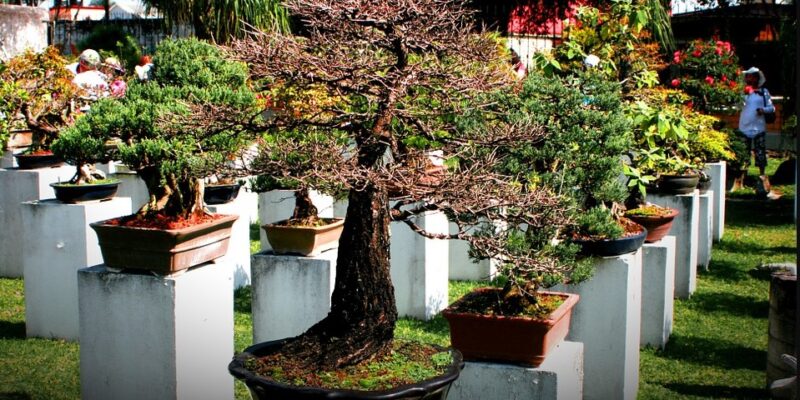
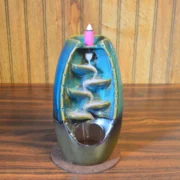


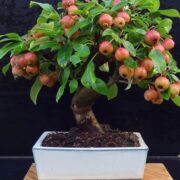


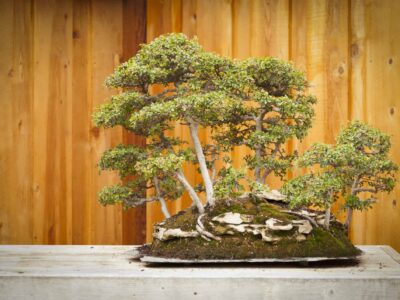

Comments